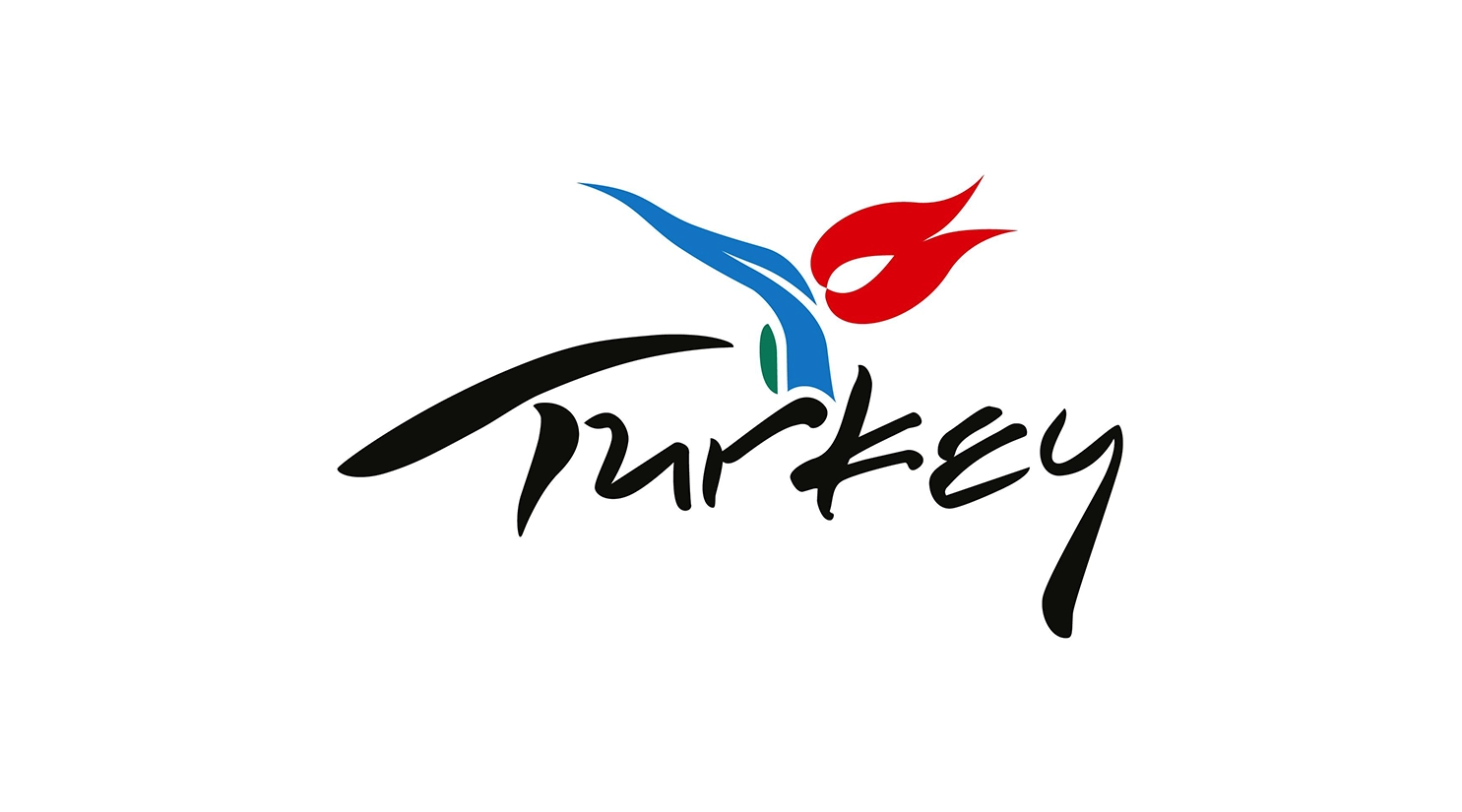The Great Palace Mosaic Museum
The Great Palace Mosaic Museum harbors the mosaics excavated from the courtyard of the Great Palace built during the Byzantine period.
The mosaics depict scenes of everyday life and natural themes, such as a griffon eating a lizard, a combat between an elephant and a lion, a woman carrying a pot, and bears eating apples.
The museum hosts the mosaics used to decorate the pavement of a peristyle court, dating possibly to the reign of Byzantine emperor Justinian I (r. 527-565). It was uncovered by Turkish archaeologists from the University of St Andrews in Scotland during extensive excavations at the Arasta Bazaar in Sultan Ahmet Square in 1935-1938 and 1951-1954. The area formed part of the south-western Great Palace, and the excavations discovered a large peristyle courtyard, with a surface of 1872 m², entirely decorated with mosaics. It was at this point that the Austrian Academy of Sciences, supervised by Prof. Dr. Werner Jobst, undertook to study and preserve the famous palace mosaic and to carry out additional archeological examinations (1983-1997) within the scope of a cooperative project with the Directorate General of Monuments and Museums in Turkey
Latest Update: May 24, 2015
Your Content Goes Here
A brief summary of the key points in this article.




